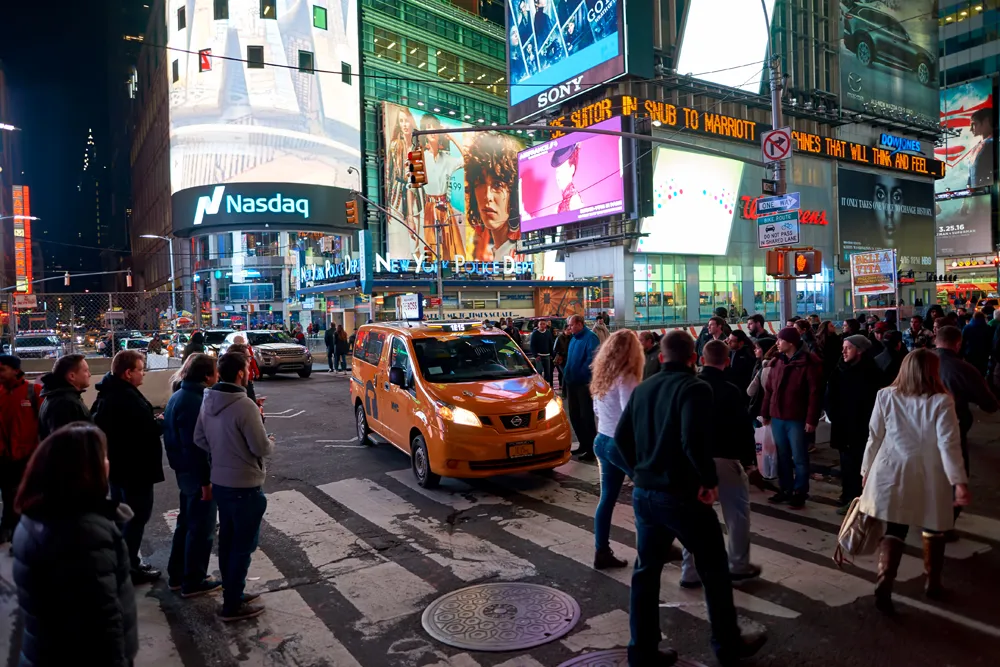Despite a five per cent decrease in revenue in the last quarter of 2013, US$6.5 million compared to US$6.8 million in 2012, Image Sensing Systems (ISS) posted an increase in total revenue for 2013, at US$26.3 million, up five per cent from US$25.0 million in 2012.
Full year 2013 product sales increased 17 percent over 2012, to US$14.7 million, while Autoscope licence plate recognition (LPR) 2013 product revenue grew 34 percent over 2012, to US$6.4 million. The company continues to invest in research, de
February 27, 2014
Read time: 2 mins
Despite a five per cent decrease in revenue in the last quarter of 2013, US$6.5 million compared to US$6.8 million in 2012, 6626 Image Sensing Systems (ISS) posted an increase in total revenue for 2013, at US$26.3 million, up five per cent from US$25.0 million in 2012.
Full year 2013 product sales increased 17 percent over 2012, to US$14.7 million, while6575 Autoscope licence plate recognition (LPR) 2013 product revenue grew 34 percent over 2012, to US$6.4 million. The company continues to invest in research, development and marketing for its Safe City solution.
Kris Tufto, ISS’ chief executive officer, said “We are encouraged by the momentum we saw in product sales growth in the second half of 2013 and believe that this momentum provides a springboard as we enter 2014. The investments that we made in our business in 2013 are starting to show positive results. We are excited by the full rollout of our Safe City solution, which we anticipate mid-year, and its growth potential for supporting the law enforcement sector. I look forward to updating you in the future as we restore sustained growth to historical levels.”
Full year 2013 product sales increased 17 percent over 2012, to US$14.7 million, while
Kris Tufto, ISS’ chief executive officer, said “We are encouraged by the momentum we saw in product sales growth in the second half of 2013 and believe that this momentum provides a springboard as we enter 2014. The investments that we made in our business in 2013 are starting to show positive results. We are excited by the full rollout of our Safe City solution, which we anticipate mid-year, and its growth potential for supporting the law enforcement sector. I look forward to updating you in the future as we restore sustained growth to historical levels.”









